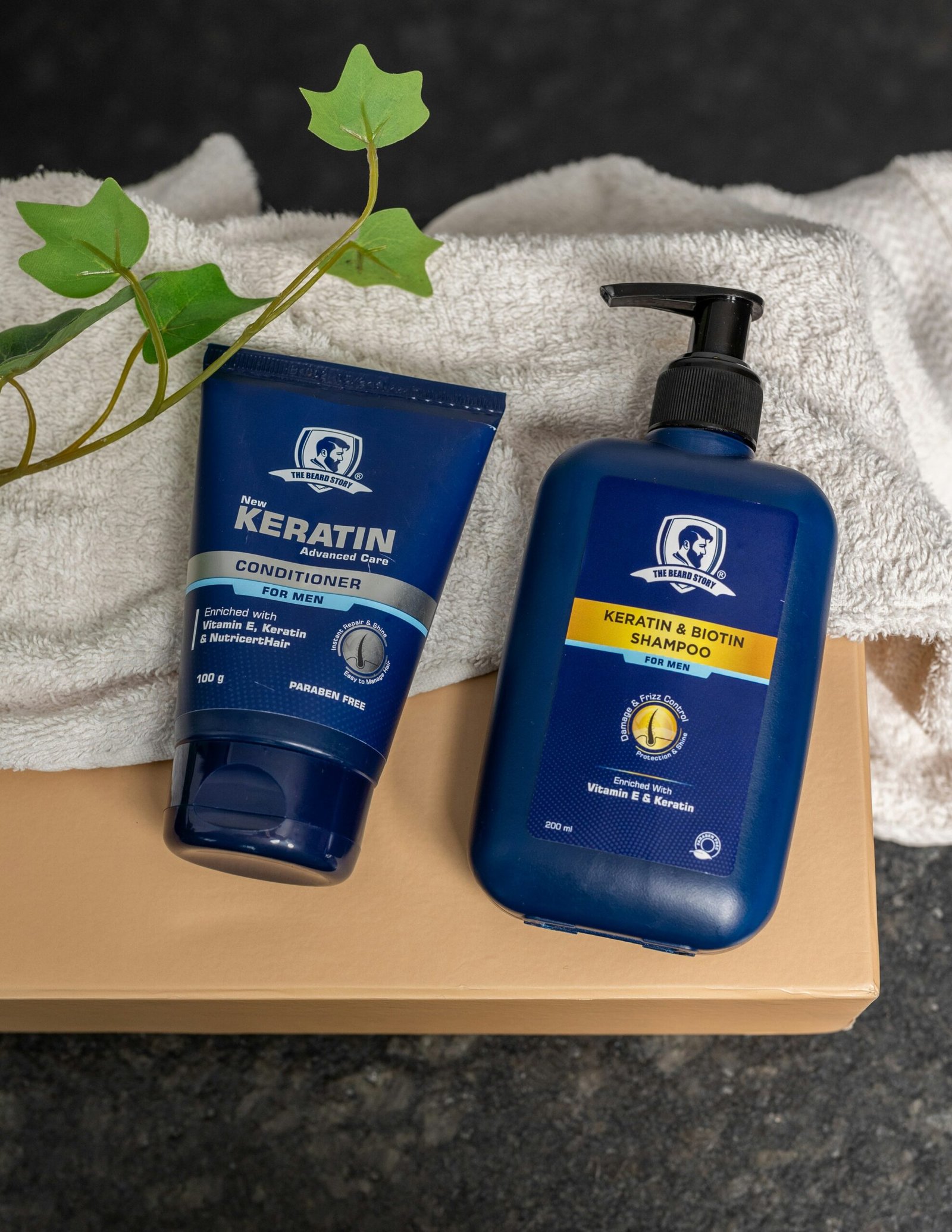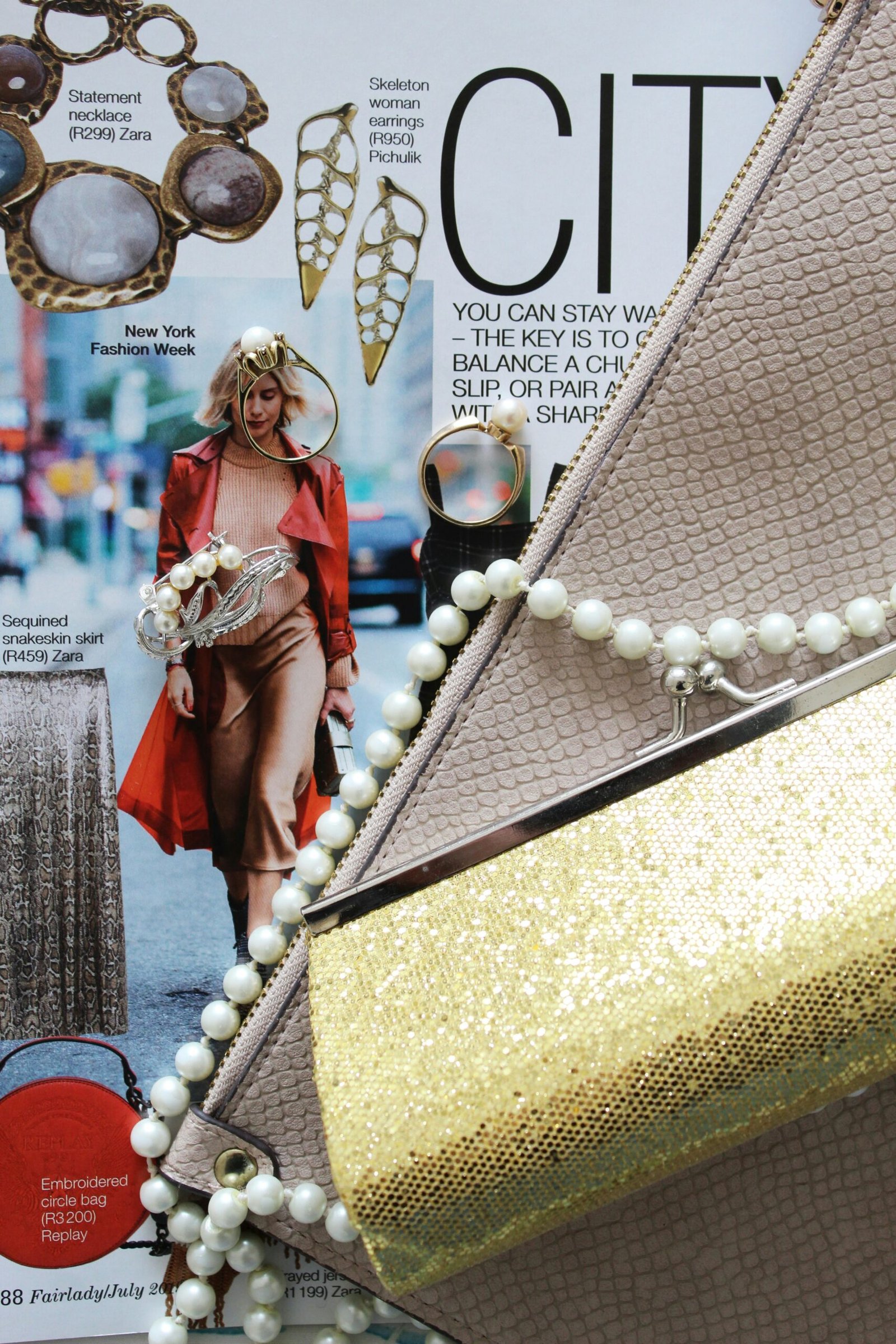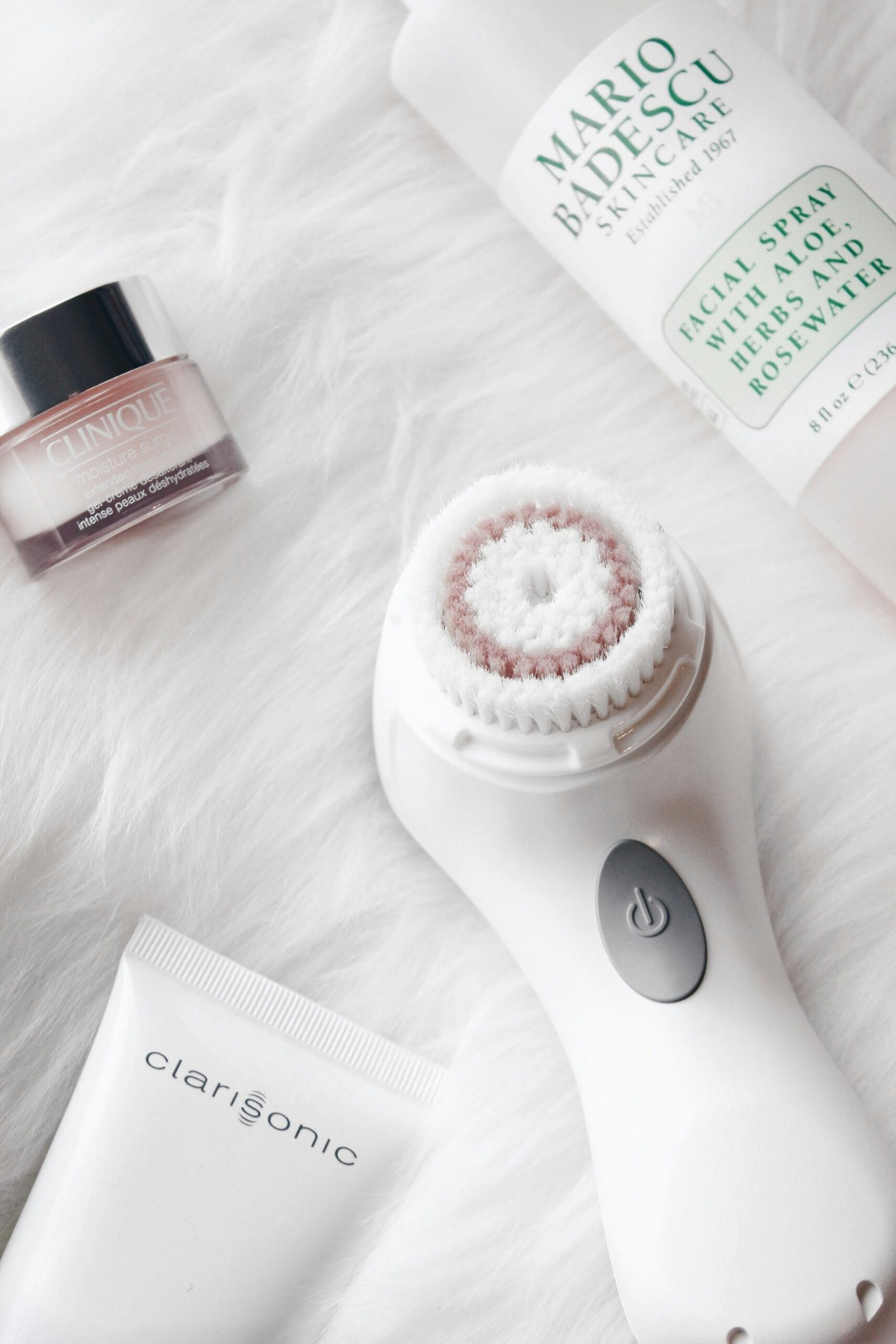
Understanding Your Hair Type
Identifying your hair type is a fundamental step in establishing an effective hair care regimen. Hair can be categorized into several types: straight, wavy, curly, and coily. Each of these types exhibits unique characteristics that influence its needs and the way it reacts to various products and styling techniques. Recognizing your hair type not only helps in selecting the appropriate care products but also in understanding the specific challenges you may encounter.
Straight hair, known for its smooth and sleek appearance, tends to be less prone to frizz. However, it can also become oily quickly, requiring regular washing and the use of lightweight products. Wavy hair, with its loose bends, often has a tendency to frizz, particularly in humid conditions. This type can benefit from products that enhance waves without weighing them down. Curly hair is typically drier due to its structure, which means natural oils have a harder time traveling down the hair shaft. Those with curly hair should focus on moisturizing treatments and gentle handling to maintain its health. Lastly, coily hair is characterized by tight curls or zig-zag patterns, making it the most fragile hair type. Individuals with coily hair should employ techniques that reduce manipulation, such as protective styling, and utilize heavy creams and oils to lock in moisture.
By understanding the characteristics associated with each hair type, individuals can tailor their hair care regimen effectively. This knowledge empowers you to choose the right shampoos, conditioners, and styling products that align with your specific needs. Furthermore, acknowledging the common challenges each hair type faces—be it frizz, dryness, or oiliness—enables a proactive approach to hair care. Adopting this tailored strategy significantly enhances the overall shine and strength of the hair.
The Role of a Healthy Diet
A healthy diet plays a crucial role in achieving shiny, strong hair. The nutrients consumed not only affect overall health but also significantly influence the condition and appearance of hair. Essential vitamins and minerals are vital for promoting healthy hair growth and ensuring optimal hair texture and shine. For instance, biotin, also known as vitamin B7, is often referred to as the hair vitamin. This water-soluble vitamin aids in keratin production, the primary protein that makes up hair. Foods such as eggs, nuts, and avocados are excellent sources of biotin and should be included in a balanced diet.
Omega-3 fatty acids also contribute positively to hair health, promoting hydration and scalp health. These healthy fats can be found in fatty fish like salmon, walnuts, and flaxseeds. Regularly incorporating these foods into meals can help foster a robust scalp, which in turn supports strong, healthy hair growth. Moreover, vitamins A, C, D, and E are essential nutrients that protect hair and contribute to its overall health. Vitamin A enables the skin glands to produce sebum, a natural conditioner for the scalp. Brightly colored vegetables and fruits, such as carrots, sweet potatoes, and spinach, are abundant in vitamin A.
Vitamins C and E serve as antioxidants, helping to reduce oxidative stress on hair follicles and promote blood circulation to the scalp. Citrus fruits, berries, and nuts are rich sources of these vitamins. Lastly, vitamin D is important for hair follicle cycling and can be sourced from fortified foods and sun exposure. While it might be challenging to obtain all these nutrients solely through food, high-quality supplements can bridge the gap to ensure hair health remains a priority. By maintaining a diet rich in these essential nutrients, one can significantly enhance the strength and shine of their hair.
Choosing the Right Hair Products
Selecting appropriate hair products is crucial for maintaining shiny, strong hair. Understanding your specific hair type is the first step in this process. Hair types range from straight, wavy, and curly to coily textures, each requiring distinct care approaches. For instance, individuals with dry hair should look for shampoos and conditioners that are rich in moisture-enhancing ingredients like glycerin or natural oils. In contrast, those with oily hair may benefit from lightweight formulas that help to balance the scalp’s oil without stripping it of necessary moisture.
Conditioners play a vital role in the hair care routine, specifically tailored to nourish, detangle, and enhance shine. For thicker hair types, a deep conditioning treatment infused with proteins can reinforce strands and prevent breakage. Alternatively, fine or limp hair finds progress with volumizing conditioners that do not weigh the hair down. When it comes to treatments, mask products enriched with vitamins and antioxidants can be incredibly beneficial, particularly for damaged or color-treated hair.
Understanding ingredients in hair products is essential to select beneficial options. Natural ingredients such as argan oil, aloe vera, and shea butter are excellent for nourishing and repairing hair. Conversely, products that contain sulfates, parabens, and synthetic fragrances should be avoided as they can cause damage and diminish hair’s natural shine. Choosing organic or sulfate-free cleansers can also be a viable alternative, promoting healthy hair without harsh chemicals. Reading labels allows consumers to make informed choices that align with their hair care goals.
Ultimately, nurturing your hair begins with utilizing the right products tailored to your unique hair type. By selecting shampoos, conditioners, and treatments that nourish your hair with beneficial ingredients while avoiding harmful substances, you can achieve healthy, shiny, and strong hair over time.
Establishing a Consistent Washing Routine
Maintaining a consistent and suitable washing routine is vital for promoting the health and vitality of your hair. The frequency with which one should wash their hair significantly depends on hair type, lifestyle, and personal preference. For instance, individuals with oilier scalps, such as those with fine hair, may benefit from washing their hair every day or every other day. Conversely, people with curly or coarser hair types, which tend to be drier, may find that washing every few days to once a week is sufficient to keep their locks healthy and hydrated.
In addition to determining the right frequency for washing, the temperature of the water used can play a significant role in hair health. It is advisable to use lukewarm water instead of hot water, as the latter can strip the hair of its natural oils, leading to dryness and damage. Lukewarm water helps open the hair cuticles, allowing for better cleansing without overly dehydrating the strands. After washing, a cool rinse can help close the cuticles, promoting shine and reducing frizz.
Another essential practice to incorporate into your washing routine is a gentle scalp massage. During washing, massaging the scalp not only helps to dislodge dirt and product buildup but also stimulates blood circulation, encouraging hair growth and improving overall scalp health. Using the fingertips in a circular motion to gently exfoliate the scalp can enhance the washing experience, making it more effective and enjoyable. By establishing a consistent washing routine tailored to individual needs, incorporating the right water temperature, and adding a scalp massage, one can effectively promote shiny, strong hair.
Techniques for Gentle Drying
Drying hair effectively while minimizing damage is a crucial aspect of hair care. The way you dry your hair can significantly impact its health, sheen, and strength. One of the foremost techniques for gentle drying is air-drying, which is the least damaging method. Allowing hair to air-dry naturally preserves its moisture and reduces the risk of heat-related damage. When opting for air-drying, it is advisable to gently pat the hair with a towel to remove excess water without causing friction.
For towel-drying, choosing the right type of towel is essential. Traditional terrycloth towels can be quite abrasive. Instead, consider using a microfiber towel, which is designed to absorb moisture effectively without roughing up the hair cuticle. To use a microfiber towel, wrap the hair gently without twisting or wringing, which can lead to breakage. This method retains moisture while providing a soft surface against your strands.
While heat styling tools can be tempting for those looking to achieve a quick dry, incorporating them sparingly is advisable. Blow-dryers, if used, should be set to the lowest heat setting possible. When blow-drying, maintain a reasonable distance from the hair and keep the dryer moving to avoid concentrating heat on one section for too long. Additionally, utilizing a heat protectant spray before drying can add a layer of defense against possible damage.
In summary, gentle drying techniques such as air-drying, the use of microfiber towels, and careful blow-dryer practices play a significant role in maintaining shiny, strong hair. By implementing these methods, individuals can effectively reduce damage and promote overall hair health.
Heat Styling: Best Practices
Heat styling tools, such as flat irons, curling wands, and blow dryers, can significantly enhance the appearance of your hair, offering sleekness and volume. However, improper use can lead to damage, frizz, and weakened strands. To maintain healthy, shiny, and strong hair, it is crucial to adopt best practices when it comes to heat styling.
First and foremost, selecting the appropriate temperature setting is essential. Fine or damaged hair generally requires a lower heat setting, usually between 250°F and 300°F, while thicker, coarser hair can withstand higher temperatures ranging from 300°F to 400°F. It is advisable to start with the lowest temperature necessary to achieve your desired style, gradually increasing it only if needed. This precautionary measure helps prevent excessive heat exposure that can lead to breakage and dryness.
Another vital aspect of heat styling is the use of heat protectants. These products form a barrier between your hair and the heat, significantly reducing potential damage. Before applying any heat, ensure that you evenly distribute a heat protectant spray or cream throughout your hair. Look for formulations containing ingredients such as silicones or oils, which can provide added moisture and shine while safeguarding against heat-related damage.
It is also worth exploring alternative styling methods that do not involve heat. Techniques such as braiding damp hair for waves, using rollers, or opting for overnight styling solutions can offer similar results without the risks associated with heat. Additionally, allowing hair to air dry or utilizing a blow dryer on a cool setting can maintain your hair’s natural moisture and vitality.
In conclusion, by following these best practices for heat styling, you can reduce the risk of damage while achieving beautiful and resilient hair. Prioritizing hair health will not only enhance your styling experience but also contribute to the long-term strength and shine of your locks.
Regular Trims for Healthy Growth
Maintaining shiny and strong hair is not merely about using the right products; it also involves regular trims, which play a crucial role in hair health. Trimming hair is essential because it removes split ends that can cause further damage, leading to breakage and slower hair growth. By regularly cutting away these damaged ends, hair can maintain a healthier appearance and texture, enabling it to grow stronger and more resilient.
The frequency of trims is influenced by hair type and growth rates. For individuals with fine or thin hair, it is generally recommended to get a trim every 6 to 8 weeks. This schedule helps prevent split ends from forming and keeps the hair looking vibrant and lively. In contrast, those with thick, coarse hair might find that trimming every 10 to 12 weeks is adequate, as this hair type can often endure some damage without compromising overall health.
It is important to consider personal hairstyling habits as well. For example, those who frequently use heat styling tools or chemical treatments should prioritize trims as a preventive measure against damage. Keeping a consistent trimming schedule not only ensures your hair looks its best but also allows for effective maintenance of your desired hairstyle. When attending a salon, it is beneficial to consult with a professional hairstylist who can assess the current condition of your hair and suggest an appropriate trim schedule tailored to your specific needs.
In summary, regular trims are a vital aspect of hair care that fosters healthy growth and prevents further damage. By understanding your hair type and maintaining a regular trimming routine, you can contribute significantly to the overall health and shine of your hair.
Natural Remedies for Hair Shine and Strength
In the pursuit of shiny and strong hair, numerous natural remedies can prove to be both effective and convenient using ingredients readily available in your kitchen. These time-tested solutions not only enhance the luster of your locks but also fortify the hair shafts to promote overall health.
One powerful remedy is coconut oil, renowned for its moisturizing properties. To create a nourishing hair mask, gently warm a few tablespoons of coconut oil and apply it evenly to dry hair, focusing on the ends. Allow it to sit for at least 30 minutes before rinsing with a mild shampoo. This treatment helps to reduce protein loss, leaving your hair shiny and resilient.
Honey, another natural ingredient, acts as a humectant, drawing moisture into the hair. Combining honey with olive oil makes for an effective hair mask. Mix equal parts of honey and olive oil, then massage the mixture into your scalp and hair, allowing it to hydrate for 20-30 minutes. Rinse thoroughly, and you will notice enhanced shine and softness.
Avocado is rich in vitamins and fatty acids, making it an excellent nurturing treatment. To prepare an avocado hair mask, mash one ripe avocado with a tablespoon of olive oil. Apply this creamy blend to damp hair and leave it on for about 30 minutes. Rinse with lukewarm water for silky and vibrant hair.
Aloe vera, celebrated for its soothing and healing properties, can also boost hair strength. For a revitalizing mask, blend fresh aloe vera gel with a tablespoon of coconut oil. Apply this mix to your hair and scalp, allowing it to soak in for 25-30 minutes before rinsing. Regular use can lead to reduced breakage and improved shine.
These natural remedies, when used consistently, can remarkably enhance hair shine and strength without the side effects of chemical treatments. By incorporating these DIY hair masks into your hair care routine, you can enjoy beautiful, healthy hair in no time.
Protecting Hair from Environmental Stressors
Environmental factors can significantly impact the health of our hair, leading to dullness, breakage, and weakened strands. To maintain shiny and strong hair, it is crucial to adopt protective measures that shield it from harmful elements such as sun exposure, pollution, and chlorine. Understanding how these stressors affect hair can help in implementing effective strategies for safeguarding it.
One effective approach to protect hair from UV rays is wearing hats or scarves when spending extended periods outdoors. A wide-brimmed hat not only provides shade but also acts as a barrier against sun damage. For those who prefer not to cover their hair, utilizing hair products containing UV filters can provide an added layer of protection. These products help mitigate the effects of sun exposure, preventing color fading and damage to the hair structure.
Pollution can also be detrimental to hair health, with particulate matter and chemicals attaching to the hair and scalp, making it appear dull and lifeless. Regular cleansing becomes essential in this regard. Using a gentle clarifying shampoo can help remove buildup caused by pollutants while restoring the hair’s natural shine. Additionally, incorporating a weekly hair mask can nourish and rejuvenate hair, ensuring it remains strong and resilient against future environmental abuse.
Chlorine, commonly found in swimming pools, can strip hair of its natural oils, leading to dryness and brittleness. To counteract this, it’s advisable to wet hair with fresh water before entering the pool, which minimizes chlorine absorption. After swimming, a thorough wash with a specialized swimmer’s shampoo can effectively remove chlorine residues and prevent damage. Using leave-in conditioners can also provide hydration and protection, keeping hair soft and manageable.
By incorporating these protective strategies into a hair care routine, individuals can significantly reduce the negative impacts of environmental stressors, promoting healthier and more vibrant hair.





